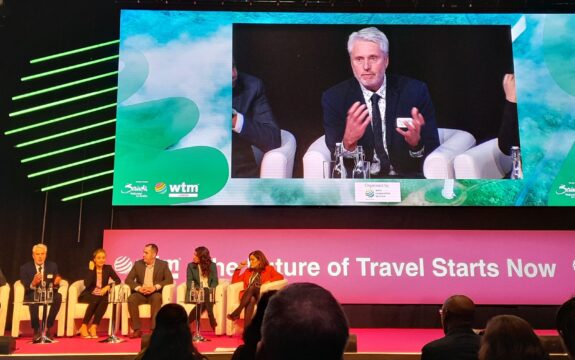Tailormade is always best: knowing what Gamification works for you and why

Gamification is key to ensuring sustainable hospitality behaviour change. Running a hospitality team is complex but trying to encourage staff and guests to avoid wasting whilst applying sustainable practices can be even tougher – but it doesn’t have to be. Introducing sustainable hospitality goals and encouraging your team to reach for the stars can add to the individual’s sense of self-worth, motivate them in their role, help them up-skill, and increase staff loyalty; and these outcomes can all be achieved through gamification. Maxwell Warren, My Green Butler Support and Product Manager, explains what gamification is, what to avoid, and how to maximise its advantages.
Gamifying tasks, goals, and the overall experience can stimulate and enhance guest staff participation. Gamification is the usage of features from games (video games, board games, and ‘active’ games like hide-and-seek) to enhance a tool, activity, or product with the purpose of increasing user engagement and persuading the user to act in a desired manner. Gamification mechanics come in all shapes and sizes and can include broad ideas like theming, characters, or humour, to things demanding calculations such as leaderboards and progress feedback. Companies and products including gamification vary in size, usage, and success; and include Duolingo, Qantas, and supermarket giants like Woolworths. Tourism has seen some games and gamification, including the experimental ‘REXplorer’ service in Germany, which led users around an area of the city fulfilling quests by talking with ‘ghosts’ (pre-recorded messages); a stamp and prize collecting research at two Slovenian hotels to reduce food waste (S. Dolnicar et. al, 2020); and the serious mobile game ‘Walk Like An Egyptian’, which teaches and quizzes players about Egyptian history as they tour Cairo. Whilst successful and enjoyed by participants, these (especially REXplorer and Walk Like An Egyptian) are often just games, rather than employing gamification. They don’t appeal to all audiences, especially if it is meat to be used by a workforce.
Despite its ever-growing use, gamification is often poorly designed, without thinking of longevity or user motivation; which leads a lack of real user engagement and loyalty to the product.
There is much more to gamification than cliché cartoon-like characters and point scoring. Gamification is a far more sophisticated tool when applied correctly. Something not often taken into consideration in gamified systems today, is that different elements have different effects and target different types of users.
- Some elements favour extrinsic rewards, and easily hook the user but only keep them satisfied for a short period of time; whilst other mechanics are slower to connect to the user but will form a stronger and longer-lasting connection, emphasising intrinsic motivators
- These different elements can trigger chemical responses within the user, allowing them to feel satisfaction, joy, or altruism. They can allow a user to feel on top of the world, like they are really a part of a community, or like they have achieved something truly momentous; and these are all things which not only keep them engaged with the system, but keep them coming back use after use, day after day, month after month; adapting their behaviour all the meantime.
- Whilst there are numerous mechanics that trigger these emotions and build strong connections, they are rarely used in gamification. This is largely because of the lack of research into behavioural studies, and the ease of implementing the short-term focus mechanics. Most of these short-term mechanics focus on attributing points to certain actions, be it correctly speaking a phrase in a new language (Duolingo), performing a desirable action like recycling (JouleBug), or even purchasing X amount at the shop (looking at you, frequent flyer points). These points are often added to leaderboards or winning virtual medals, and whilst some people (specifically those with traits of the ‘player’ archetype) enjoy this, many quickly tire of this, as at the end of the day, the points are worthless to them and have no real-world impact; and the small hits of dopamine acquired by receiving another medal lose their potency each time.
So, how do you apply gamification to sustainable hospitality? The first place to start, like with any business project, is you must have a target audience in mind, to help choose and design gamification mechanics. Knowing your target users’ interests, motivators, and passions is fundamental. It can help you decide whether to implement a trophy system, the ability to have social interactions, time pressures, certificates, all of them, or something else entirely. We often see gamification as a simple, band-aid solution ‘strategy’ applied to engage users by designers who copy a system they used once upon a time (on an app since deleted from their and their user’s phones).
Gamification is a central feature of My Green Butler, enabling significant savings for clients through high guest and staff participation. Contact Maxwell Warren for a demonstration to learn how we successfully apply gamification and how this can help you save costs, improve cash flow, reduce carbon, and increase guest satisfaction and staff loyalty.



